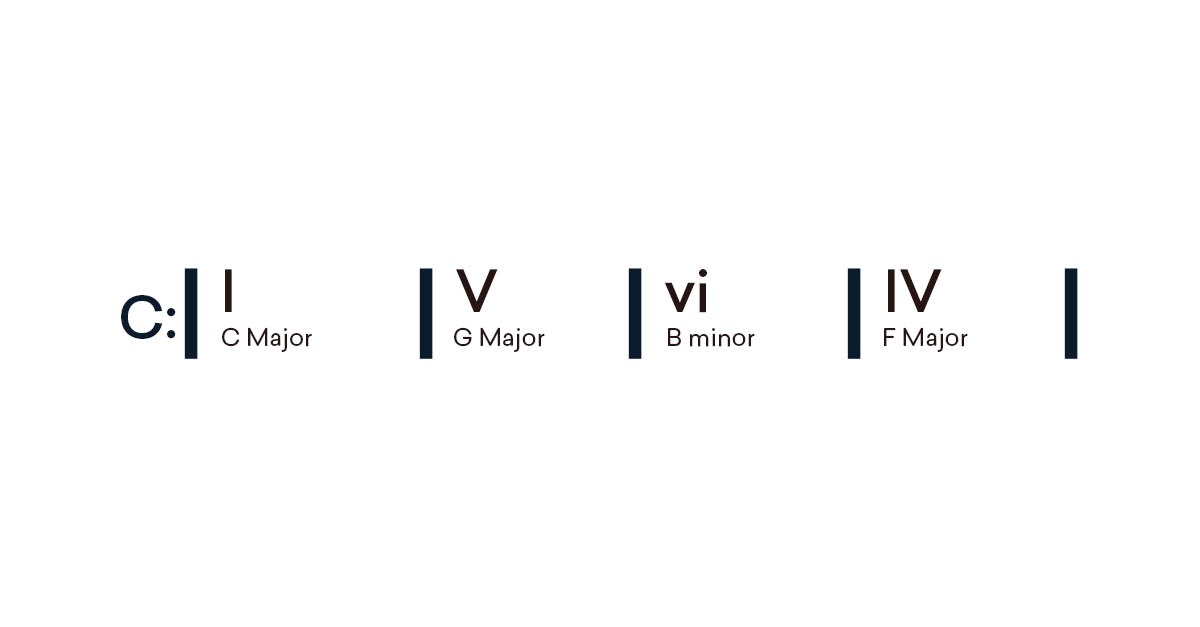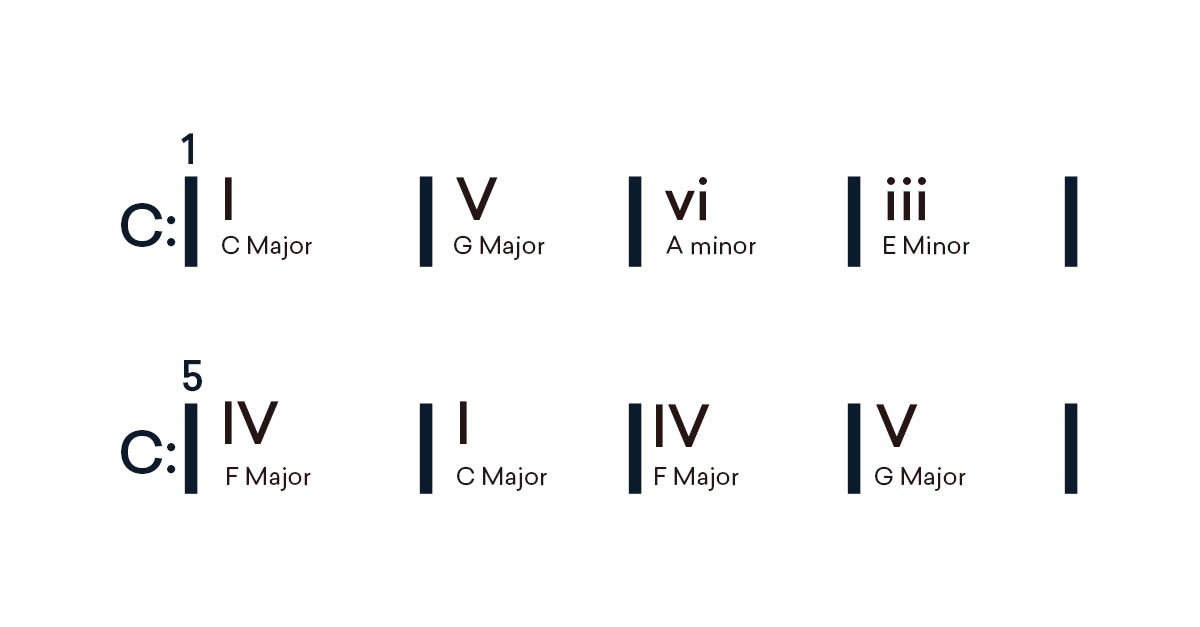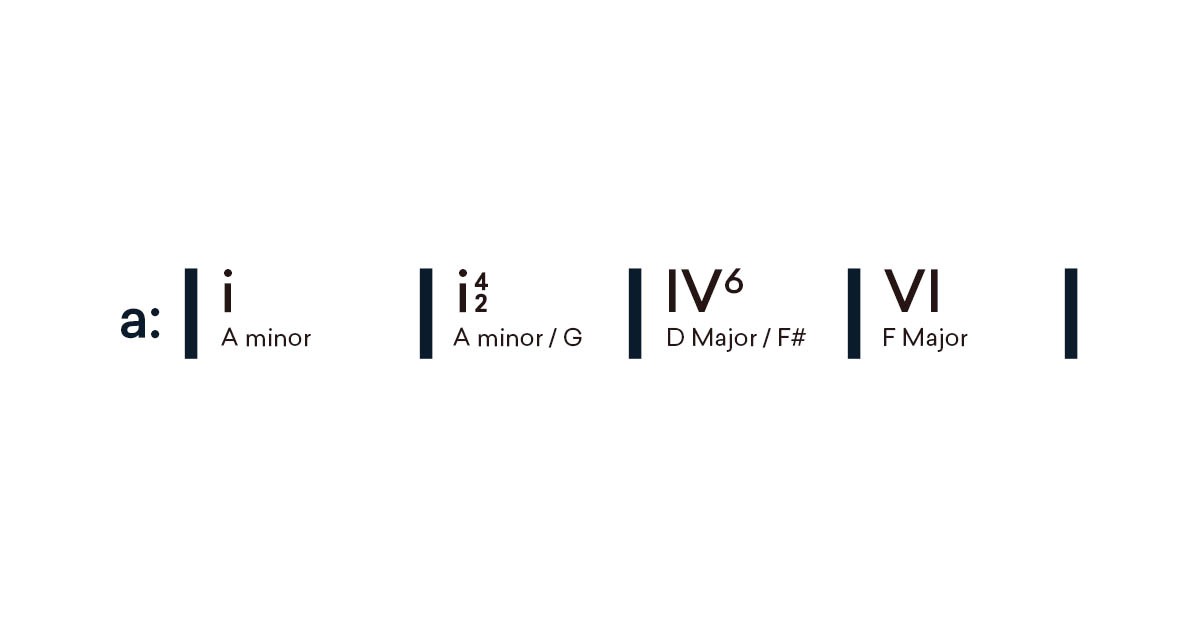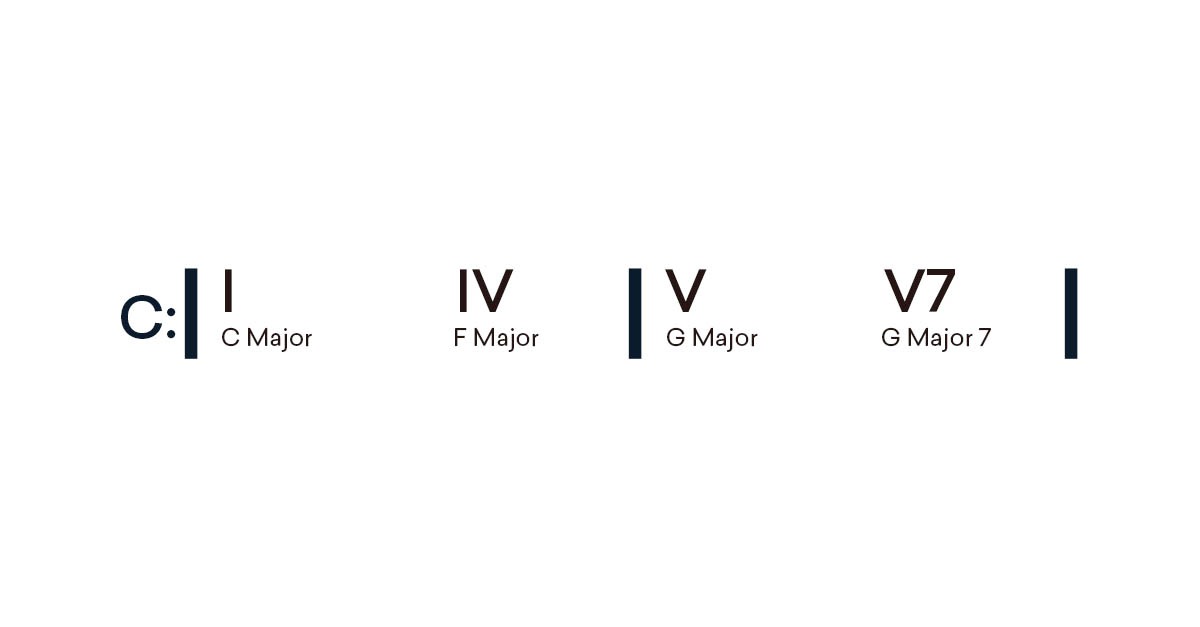Music plays lots of different roles in our lives.
However, at the end of the day music is about emotion. The greatest method to connect with your listeners on a human level is through honest, emotionally rich work.
Conveying the right emotions if you write songs is not simple. However, some chord progressions could evoke powerful feelings right away.
Right now, we’re sharing 5 distinct moods you could make in your songs utilizing emotional chord progressions.
To get the most out of this post, you will need to have some basic theory knowledge such as how to build chords and Roman Numeral Analysis. Take a second to brush up when you need a refresher.
Epic chord progressions
From the hero’s journey to music that reflects the power of nature, epic chord progressions turn your songs’ emotional intensity up to eleven.
Our first progression is the active ingredient in a large number of hit tracks—for a great reason. Each chord adds a new layer to its satisfying emotional arc:
This progression could be heard across many musical genres, from John Denver’s Take Me Home Country Roads to The Cure’s A Letter To Elise:
However, epicness could happen wherever there is heightened emotion. One progression that never fails to tug at the heartstrings is the unique cycle of chords found in Pachelbel’s canon:
Pop artists from Vitamin C to Oasis and Belle & Sebastien have purchased this stately yet epic emotional chord progression into modern music:
Sad chord progressions
Sadness is an unavoidable part of life. However, it’s also the basis for a lot of good music.
What sounds sad changes from person to person, however, there are a few emotional chord progressions that signal sadness right away.
Some chord progressions have strong associations with a particular era. This one is sometimes known as the “50s progression:”
It is particularly common in doo-wop music and classic love songs from the era of pop crooners:
Try the 50s progression if you wish to evoke some classy sadness and nostalgia.
Right here’s another one which’s sure to provide you the with blues:
Do not let the inverted chords in this progression fool you—it is based on an easy descending bass line.
Minor chords and downward motion mix with a slow tempo to create an atmosphere of loss and despair:
A variation of this descending minor progression could be heard on Led Zeppelin’s rendition of Babe, I’m Gonna Leave You
Cool chord progressions
Coolness is impossible to define. When you can it wouldn’t be cool anymore!
Fortunately, there are some chord progressions that could bring a sense of coolness to your tracks.
From slowed down jams to meditative tracks, many “cool” chord progressions are inspired by complex jazz harmonies.
Right here’s an example:
This chord progression appears in Chris Isaak’s windswept country torch track Wicked Game.
The major IV chord is borrowed from the parallel major, providing an unexpected yet stable resting place for the moody harmonic sequence:
This next one has been a staple chord progression in pop music over the past two decades.
By turning the V chord into a minor, it subtly surprises listeners to make a fascinating mood:
Coldplay uses this progression in multiple songs, including Clocks:
Weird chord progressions
Every once in a while, it helps to build a song on a weird chord progression.
Borrowing chords from other keys is a good way to play on your listener’s expectations and put them in a weird place.
This progression uses an unexpected major chord to add some good tension. The Arcade Fire uses this progression for their song The Suburbs:
Happy chord progressions
Happy means something different to all of us. However, in musical terms, predictable progressions with major chords reflect contentment and happiness.
There’s nothing more simple than an easy progression based on I, IV and V:
However, easy progressions like this feel amazing when used well:
To make things more exciting you could try a progression with a bit more tension like this:
In this example, II7 acts as a predominant chord for a gospel style cadence.
This extra tension produces an expectant sound that could feel like giddy excitement that builds as the progression develops.
Another progression that could sound unexpectedly happy is the 12-bar blues.
I know what you are thinking. Why is a blues progression doing here in the happy chord progression session?
This progression was born from the blues and is now featured in countless songs from many genres.
Instead of “happy” or “sad,” this progression is a blank musical slate that is simple to create with.
The verse sections of The Beatles’ Can’t Buy Me Love are nice examples of the 12 Bar Blues progression in action:
Emotional intelligence
These emotional chord progression examples are a terrific begin, however, you will need to present them in a compelling method if you wish to connect with listeners.
Instrumentation, production, and storytelling go a long way in music.
There is no good formula for making emotionally impactful music so you will need to experiment to see what works for you











